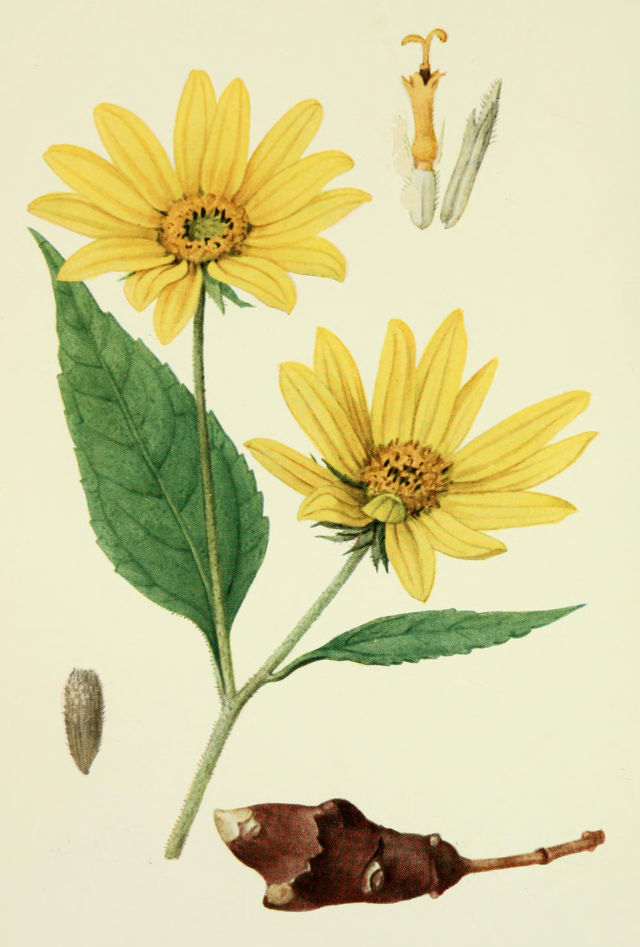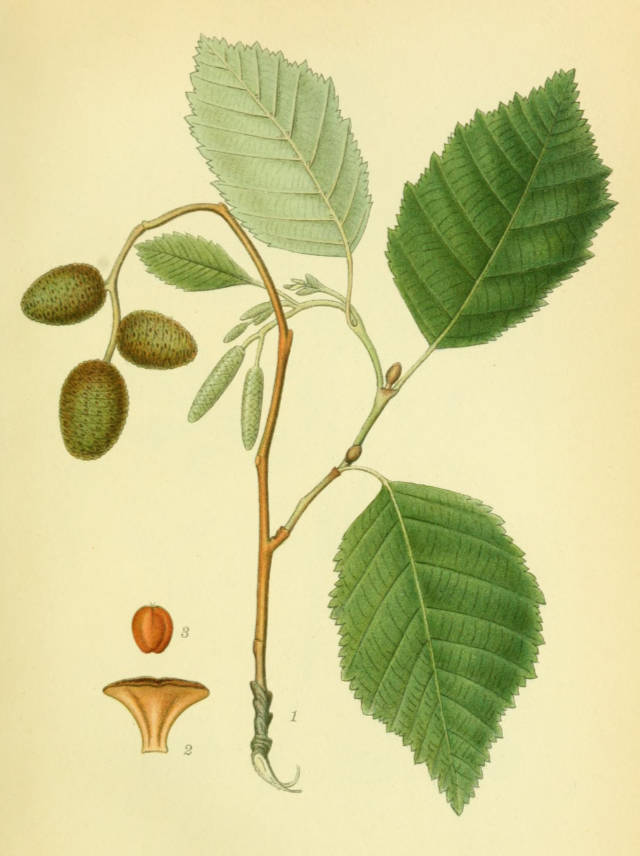What is a plant’s scientific or binomial name?
A plant’s scientific name comprises its genus and species name. These names make up the plant’s binomial nomenclature, a standardised system used in taxonomy to classify and identify live species.
For example, the common sunflower is known scientifically as Helianthus annuus. The genus name is “Helianthus”, and the species name is “annuus”. When written simultaneously, the genus name is capitalised, while the species name is lowercase. Both are italicised (or underlined if handwritten).
Using scientific names helps to eliminate confusion caused by common names that can differ from one place or language to another. It also enables scientists and researchers worldwide to communicate about individual plant species, regardless of their local language.
Botanists or taxonomists generally assign scientific names to plants, such as “Helianthus annuus.” These researchers specialise in classifying, identifying, and naming biological species.
In the case of “Helianthus annuus,” the following is a breakdown:
- The genus name is “Helianthus”. It is derived from the Greek words “helios” (meaning “sun”) and “anthos” (meaning “flower”). This genus comprises sunflowers, which is why the genus name refers to the sun.
- The species name “Annuus” is derived from the Latin word “annuus,” which means “annual.” This species’ name relates to the fact that the plant is an annual, which means it completes its life cycle in a single year.
The naming procedure is governed by botanical nomenclature regulations, as outlined in the International Code of Nomenclature for Algae, Fungi, and Plants (ICN). When a new plant species is discovered or described, it is given a scientific name that adheres to these guidelines to ensure taxonomical clarity and uniformity.

Carl Linnaeus: Scientific Names and Binomial Naming
The Swedish botanist Carl Linnaeus created the binomial naming system for plants, also known as binomial nomenclature, in the 18th century. Linnaeus created this approach in his landmark work “Species Plantarum,” published in 1753, regarded as the foundation for today’s system of plant taxonomy. Each plant species has a distinct two-part Latinized name, including a genus name (capitalised) and a species epithet (not capitalised). For example, in the case of Alnus incana, the genus name is “Alnus”, and the species epithet is “incana”.
The “(L.)” in a botanical name, refers to the author’s abbreviation for the individual who first characterised or published the plant species under another name. In this case, “L.” refers to Carl Linnaeus, who first described the species now known as Alnus incana. The author abbreviation, is used to credit the original author or authors of a plant species named after being classed or renamed by a subsequent botanist.
Linnaeus first described Alnus incana in 1753 as Betula incana. Later, botanist Conrad Moench categorised it under the genus Alnus, denoted by “Moench” after the author abbreviation “(L.)”. As a result, the name “Alnus incana (L.) Moench” denotes that Linnaeus first described the species as Betula incana before Moench transferred it to the genus Alnus.

